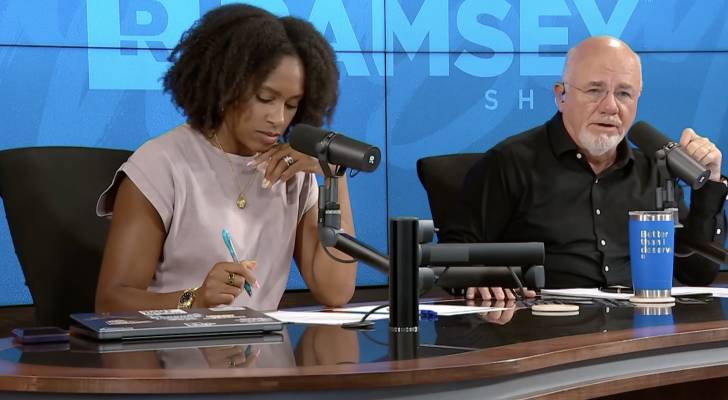Home prices keep climbing, but a sea change may be coming — will buyers finally catch a break, or are sellers at risk of being dead in the water?

This article adheres to strict editorial standards. Some or all links may be monetized. Like an island on the horizon, owning a home has never felt more out of reach. Year after year, home prices have climbed higher, leaving many buyers fighting a headwind, wondering if they’ll ever catch a break. In January, the S&P […]
Build Canada Homes launch sparks debate over Ottawa’s role in fixing housing crisis

The federal government has unveiled Build Canada Homes (BCH), a new $13 billion housing initiative aimed at delivering more affordable homes to Canadians. Prime Minister Mark Carney framed it as a major step toward tackling the nation’s long-running housing crisis. “Canada’s new government is relentlessly focused on bringing down housing costs”, Carney said in the […]
Wells Fargo employee is being accused of stealing, draining account of deceased 90-something woman — here’s how the niece figured it out. Could you?

A former Wells Fargo employee has been indicted on charges of allegedly stealing more than $26,000 from the account of an Oregon woman in her 90s. According to a Multnomah County indictment, Brittany Monique McLaughlin faces 20 counts, including aggravated theft, aggravated identity theft and first-degree theft. Must Read Thanks to Jeff Bezos, you can […]
Gen Z still relying on parents’ pockets to survive, BMO survey finds

Canadian parents are increasingly serving as a financial lifeline for their adult children, with a new survey showing one in five Gen Zers rely on family support just to cover day-to-day expenses. The findings highlight a deepening trend of intergenerational dependence as young Canadians struggle to balance high living costs with slow wage growth. According […]
Copper wire thieves target AT&T’s underground vault in LA — 1,502 incidents leave streets in dark, folks without service. Why does it keep happening?
Copper wire thieves in Los Angeles may not be directly targeting people, but their crimes are hitting close to home for many. In South LA, a major AT&T vault packed with miles of underground copper cable became a target, and the fallout has been costly. Back in January 2025, thieves broke into the facility and […]
You can’t fix what you don’t track — do you really know where your money goes?

Your credit score might just be three digits, but those numbers can make a big difference in your life. A strong score can open doors to lower mortgage rates, cheaper insurance, and better loan offers — savings that can add up to thousands of dollars over time. In other words, the better your credit, the […]
Frustrated Maine man pays $20K fine with coins weighing over 12K pounds — but the town may charge a handling fee to count it. Whose side are you on?

When most people get slapped with a fine, they settle it the usual way: wire transfer or check. But Maine contractor Kirk Sherman took a more unconventional route. After buying a waterfront property on Lake Sheepscot in April 2024, Sherman was hit with a $20,000 fine for violating the town’s lakeshore ordinance. He told WABI […]
The new 2025 ‘retire comfortably’ number is in. Here’s what Canadians feel they need — and why 95% of us are falling well short of that goal

This article adheres to strict editorial standards. Some or all links may be monetized. How much do you think you’ll need to retire? Based on recent studies, the average Canadian thinks they’ll need about $1.42 million for a comfortable retirement. Fidelity Canada’s 2025 Retirement Report indicates that people over 45 feel that they’ll need $1.02 […]
For the first time since the 1960s, the gender pay gap is widening again — experts say these 3 economic forces are pushing women’s earnings backward

Women have always faced a persistent gap in pay compared with men — but now, it’s getting worse. While women have made steady gains in education, workforce participation, and leadership over the decades, equal pay has never been fully achieved. At best, the gap had been slowly narrowing — until now. Must Read Thanks to […]
Dave Ramsey aghast that NJ man’s wife wants to keep her $6.5K student loan around ‘like a pet’ — why ‘free money’ can cost you more than interest

The scale of student debt in the U.S. today is jaw-dropping. Americans collectively owe $1.814 trillion in student loans, with an average balance of $42,673. [1] Most people would love to be rid of their student loans, but one man in New Jersey called into The Ramsey Show for help with the opposite problem. Must […]